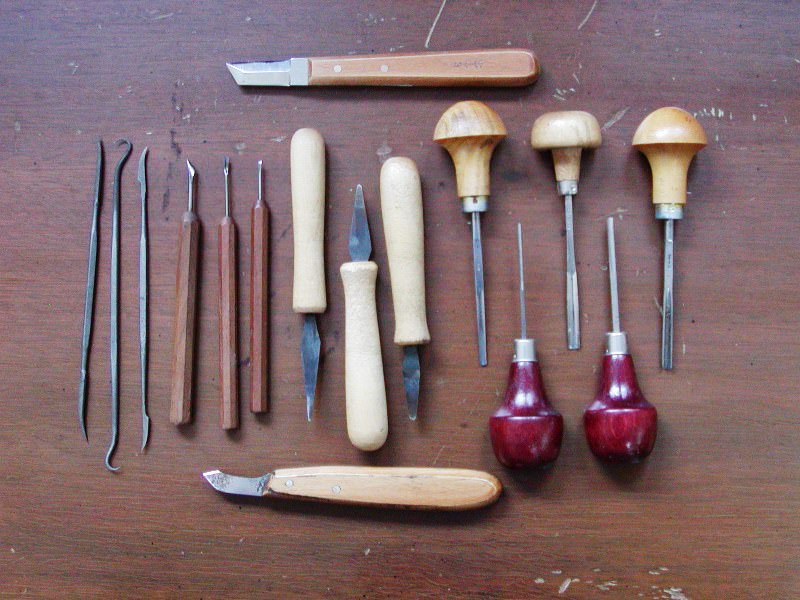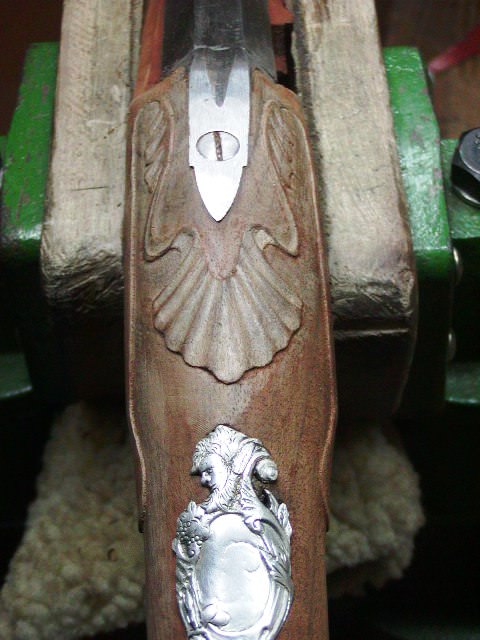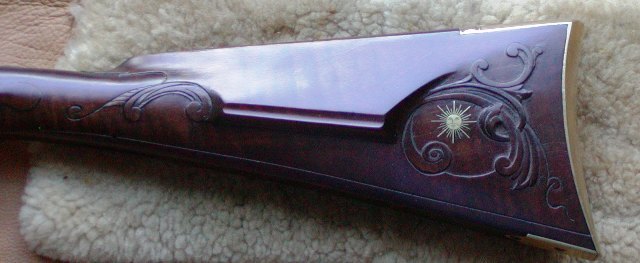Need some help here folks. If you were going to order 4-5 carving tools from woodcraft to try and teach yourself to carve your gun. What would be your first choices?
I plan to order a Kibler colonial rifle in the next 6 months or so and would like to be able to do some basic carving on the stock. I realize I will probably need a few more than 5 but I need a few to start learning the basics.
I have a good set of Stanley sweetheart chisels but no good carving tools to speak of. Unless y’all talk me out of it I will be buying the peil Swiss made ones.
So to make a long story short, to learn carving on a gun stock starting with a drawing what would be the first 4-5 tools and sizes would you choose?
Thanks Joe
I plan to order a Kibler colonial rifle in the next 6 months or so and would like to be able to do some basic carving on the stock. I realize I will probably need a few more than 5 but I need a few to start learning the basics.
I have a good set of Stanley sweetheart chisels but no good carving tools to speak of. Unless y’all talk me out of it I will be buying the peil Swiss made ones.
So to make a long story short, to learn carving on a gun stock starting with a drawing what would be the first 4-5 tools and sizes would you choose?
Thanks Joe









